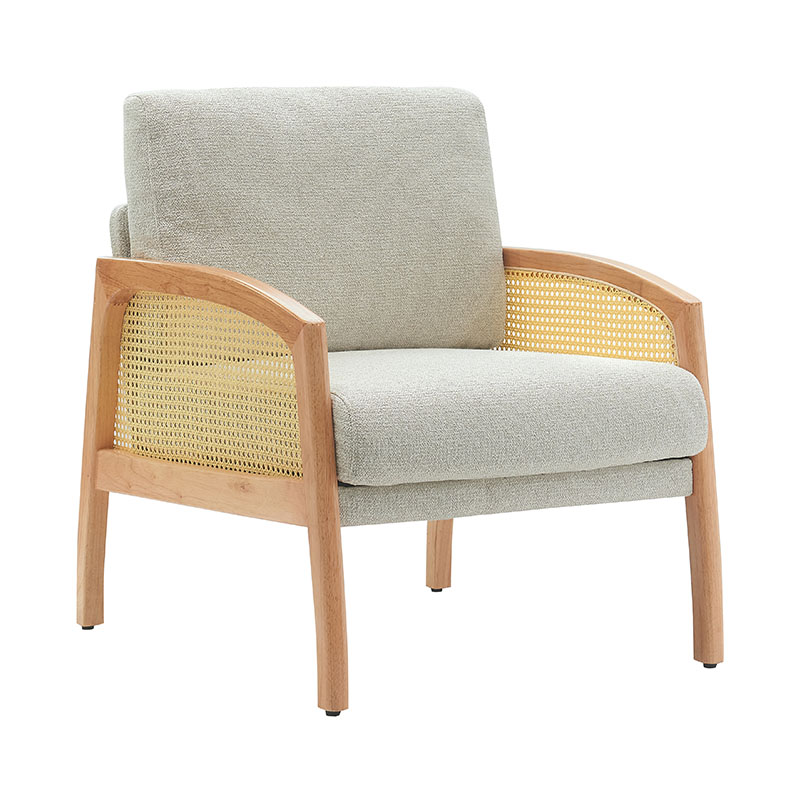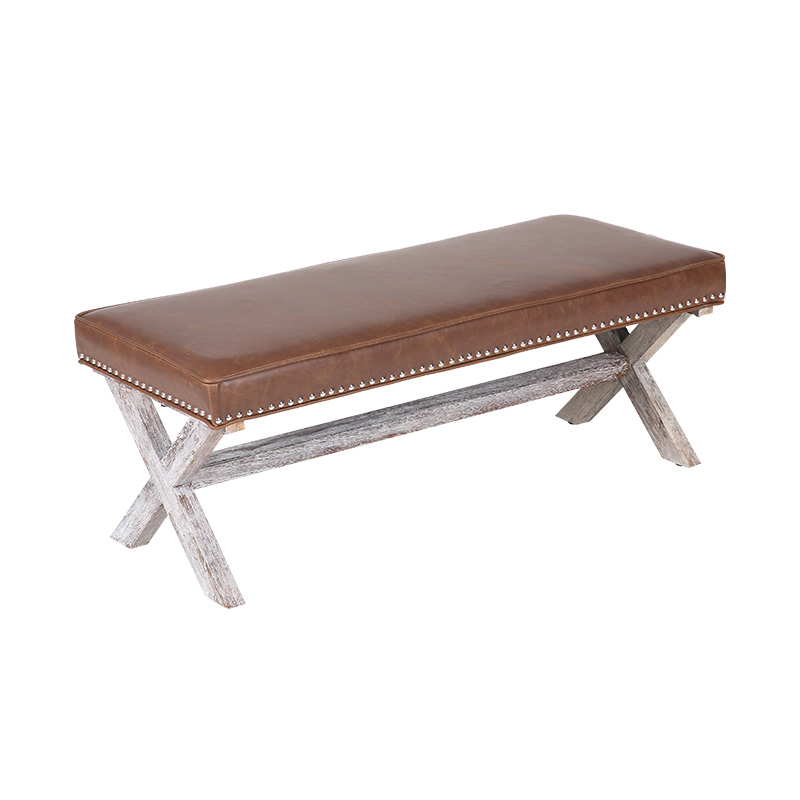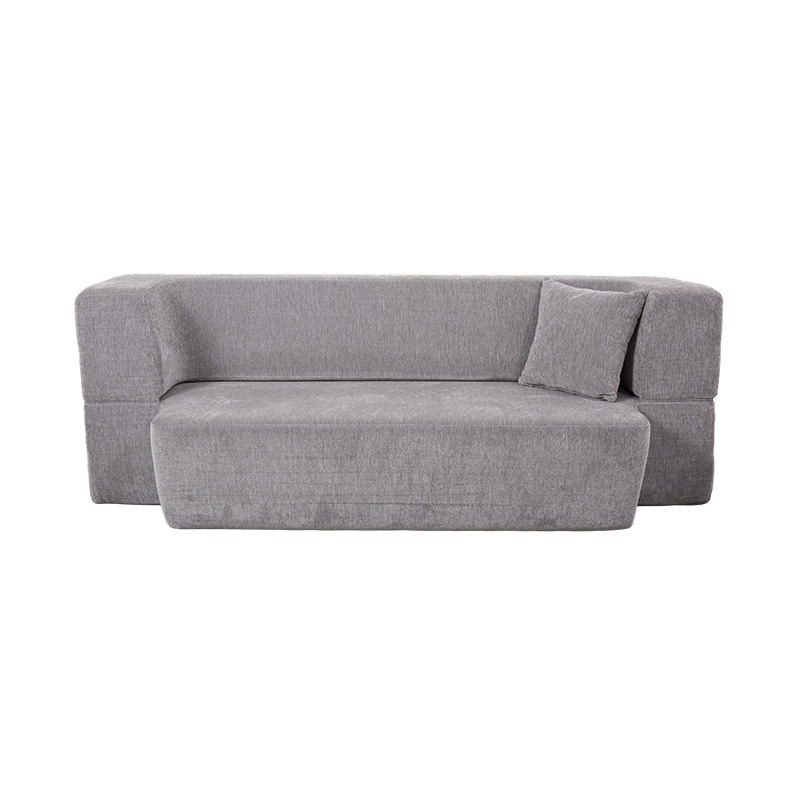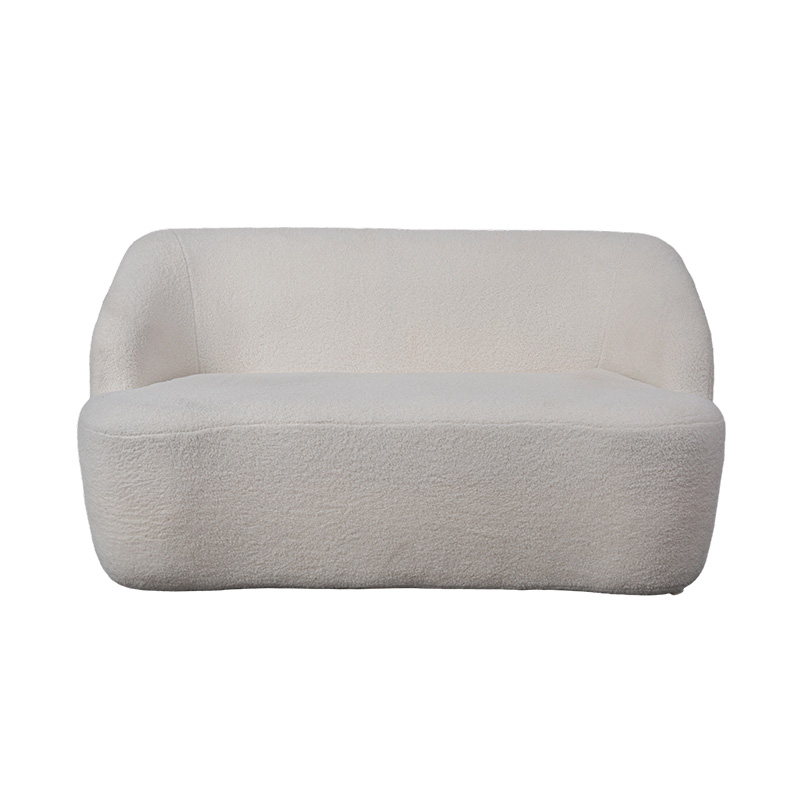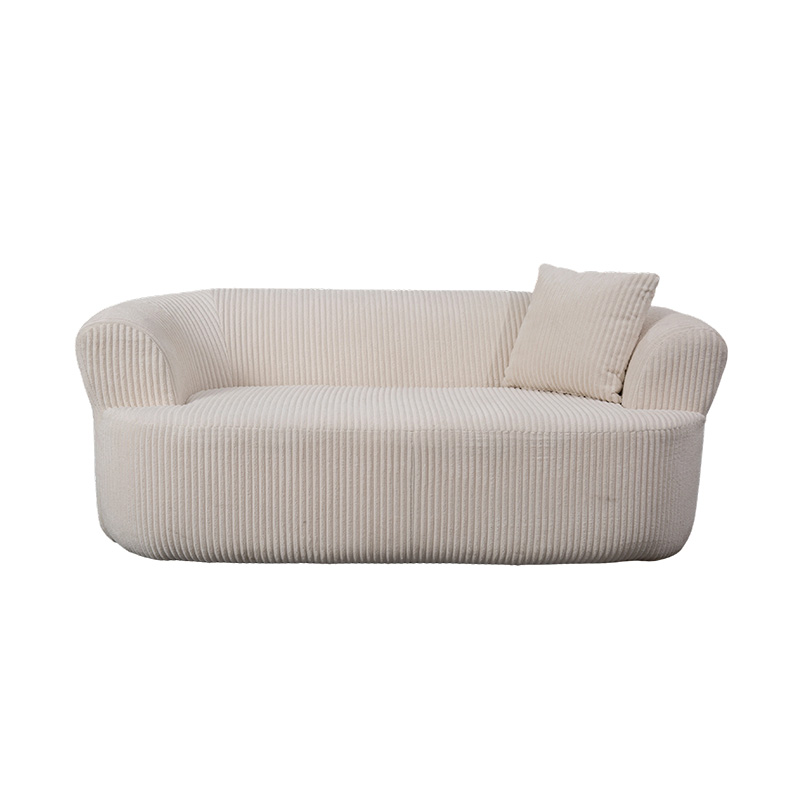The influence of current interior design trends on the color, style, and form of storage ottoman goes beyond simple aesthetics; it also reflects evolving consumer preferences, functionality needs, and the growing emphasis on sustainability and multifunctionality. Storage ottomans are now seen as both decorative and practical pieces, integral to creating organized, stylish, and adaptable living spaces. Let’s explore the influence of contemporary design trends in greater depth.
Color Trends
Neutral Tones: Neutral colors such as soft grays, beiges, off-whites, and muted browns continue to dominate the interior design landscape. These colors are heavily favored in minimalist, Scandinavian, and modern interiors where simplicity and clean lines are key. Neutral-toned storage ottomans seamlessly blend into a variety of color schemes and act as grounding elements in the room. Their versatility makes them ideal for spaces where subtlety and understated elegance are desired. Additionally, lighter shades create the illusion of spaciousness in smaller rooms and help maintain an air of tranquility.
Bold and Rich Hues: In contrast to neutral tones, bold, jewel-toned colors like deep emerald green, sapphire blue, mustard yellow, and rich burgundy are gaining popularity, especially in more eclectic or maximalist interior designs. These hues inject a sense of personality and vibrancy into spaces, acting as statement pieces in living rooms, lounges, or bedrooms. Bold colors on storage ottomans can provide a visual focal point, adding contrast to neutral or monotone furniture arrangements. These vibrant choices also pair well with gold or metallic accents, which are increasingly featured in luxury interiors.
Earthy, Sustainable Shades: With a growing focus on sustainability, many interior designers are turning to colors inspired by nature, such as terracotta, olive green, burnt sienna, and ochre yellow. These earthy tones not only create a warm, inviting atmosphere but also connect the interior to natural elements, promoting a sense of calm and relaxation. Such colors align with eco-conscious design philosophies and complement organic materials like wood, stone, and woven textiles. The use of these earthy tones in storage ottomans ties into broader movements within interior design that focus on biophilic design principles and environmental awareness.
Style Trends
Minimalist & Modern Aesthetic: Minimalism remains a dominant trend, and this is evident in the growing preference for storage ottomans that are simple, sleek, and functionally understated. In minimalist design, every piece of furniture must contribute to the overall aesthetic of openness and lightness, without overwhelming the space. Storage ottomans in this context are often low-profile, with clean lines and smooth, uniform surfaces. Upholstery tends to be either neutral or monochromatic, with minimalist details like hidden stitching or unembellished leather or fabric finishes. Their primary function is to provide a practical storage solution while enhancing the overall uncluttered feel of the room.
Mid-Century Modern Revival: The resurgence of mid-century modern style continues to influence furniture design, and storage ottomans are no exception. Characterized by retro-inspired shapes, wooden legs, and tufted upholstery, these ottomans evoke nostalgia while remaining firmly rooted in contemporary spaces. The mid-century modern influence is especially evident in ottomans with rounded edges, angular wooden legs, and bold, geometric upholstery patterns. These ottomans add a sense of vintage charm while still being functional and stylish in modern living rooms or bedrooms. The combination of sleek woodwork and soft, textured fabric creates a perfect balance of form and function.
Industrial and Urban Styles: The industrial aesthetic, which draws inspiration from warehouse-style lofts and urban living, has a significant influence on the design of storage ottomans. This style incorporates raw materials such as distressed leather, metal frames, and exposed stitching. Storage ottomans designed with this look often have a rugged, utilitarian appearance, with metal components serving both decorative and structural purposes. These ottomans are typically low-maintenance and built to withstand heavy use, making them perfect for high-traffic areas in homes or commercial spaces like cafes or studios. The industrial vibe also pairs well with exposed brick walls, concrete floors, and vintage lighting fixtures, contributing to a bold, modern urban aesthetic.
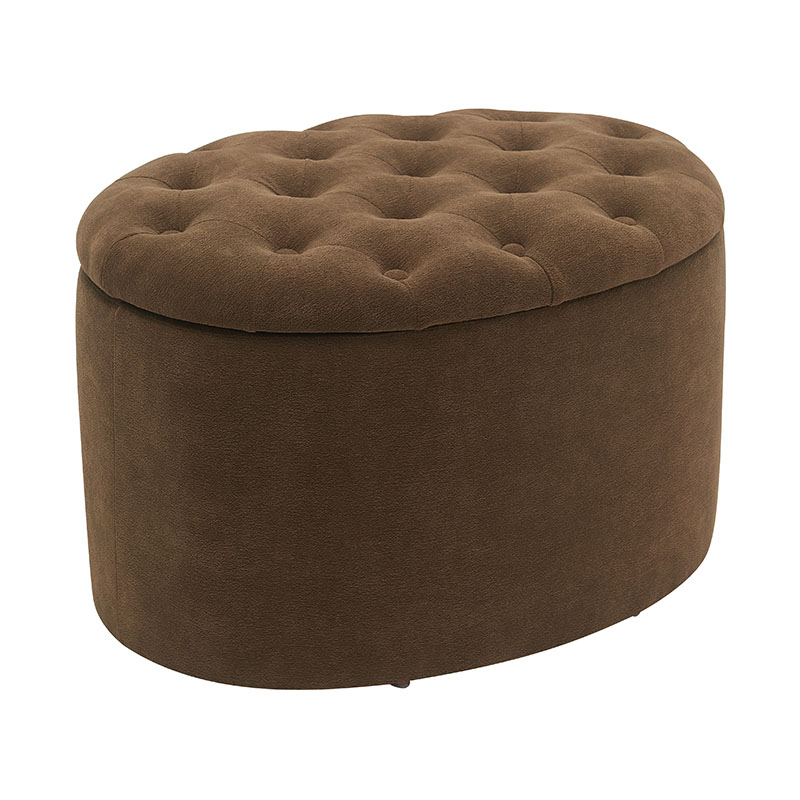
Bohemian & Eclectic Styles: The boho-chic design trend continues to influence furniture pieces, and storage ottomans are no exception. In bohemian interiors, ottomans are often colorful, adorned with unique patterns, textures, and handmade details. Upholstery made from natural fibers like jute, cotton, or velvet is common, as these materials help create a relaxed, cozy atmosphere. Ottoman designs in boho spaces are frequently whimsical, featuring fringed edges, macramé detailing, or embroidered patterns. These pieces often reflect a more personal, travel-inspired aesthetic, with vintage or globally sourced textiles adding a sense of character and individuality. The eclectic use of color and texture in storage ottomans is a reflection of the boho ethos, where mismatched pieces are celebrated.
Form and Function Trends
Multifunctional and Versatile Designs: One of the most significant trends influencing the design of storage ottomans is the growing demand for multifunctional furniture. With the increasing number of people living in smaller apartments or multi-use spaces, the need for adaptable and space-saving furniture is paramount. Multifunctional storage ottomans, which can serve as footrests, extra seating, or even coffee tables, are incredibly popular. These designs allow homeowners to maximize their space while keeping the living area organized. For example, ottomans with hidden compartments or lift-top features offer both storage and seating options, making them ideal for rooms where space is limited but functionality is a priority.
Modular and Customizable Forms: As interior design becomes more personalized, the trend toward modular furniture extends to storage ottomans as well. Modular ottomans can be combined in various configurations, allowing users to create custom seating arrangements or storage solutions. Some ottomans come with removable sections or modular components that can be used individually or stacked together. This flexibility makes it easier for homeowners to adjust their furniture setup based on changing needs, whether for a larger group gathering or for daily activities. Modular ottomans also appeal to people who enjoy experimenting with different furniture arrangements or want to tailor their interior to specific functions.
Textural and Material Variety: Texture has become an important aspect of interior design, and this is reflected in the selection of upholstery materials for storage ottomans. Fabrics such as velvet, boucle, and faux fur are especially popular in luxury or cozy living spaces, offering a tactile experience that enhances the sense of comfort and relaxation. The use of textured fabrics also plays into the desire for more sensory-rich environments. Leather, linen, and cotton continue to be popular for ottomans, but there’s a growing interest in performance fabrics that are both durable and stylish. The material choice affects not only the visual impact but also the functionality—soft fabrics like velvet are luxurious but require more care, while materials like faux leather or microfibers are low-maintenance.
Sustainability Trends
As sustainability becomes a more significant focus in design, storage ottomans are increasingly being crafted from eco-friendly materials and processes. Upholstery made from recycled fabrics, such as polyester or cotton blends, is becoming more common. Additionally, companies are sourcing wood from certified sustainable forests, using non-toxic finishes, and minimizing waste during production. These practices align with the growing desire among consumers to make responsible purchasing decisions that support environmental conservation.

 0
0


